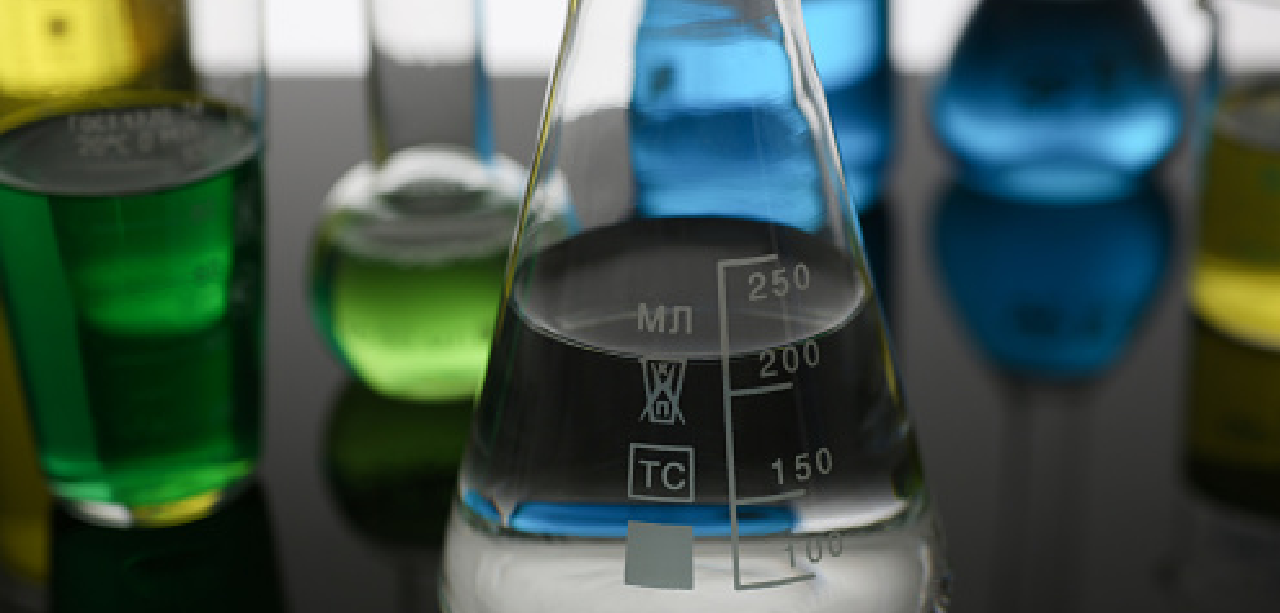Why Advanced Chemical Recycling?
Advanced Chemical Recycling is a process used to convert plastic waste into useful products. It is a chemical decomposition of organic materials, such as plastics, at elevated temperatures in the absence of oxygen. This process breaks down the long polymer chains in plastics into smaller hydrocarbon molecules. These smaller molecules can be used to produce a variety of valuable products, including:
- Liquid Fuels: The most common product of plastic pyrolysis is a mixture of liquid hydrocarbons, which can be further refined into fuels like diesel, gasoline, and kerosene.
- Solid Char: The residual solid material left behind after pyrolysis, known as char, can be used as a source of carbon and can have various applications such as cement making.
- Gases: Gaseous byproducts, such as methane and hydrogen, can also be collected during the pyrolysis process and can be used as fuel or chemical feedstocks.
The Process:
Advanced Chemical Recycling is a complex process with several stages. These stages can vary depending on the specific feedstock (in this case, plastic) and the operating conditions, the general stages of pyrolysis include:
- Drying and cleaning: In the initial stage, any moisture or volatile compounds present in the plastic are removed through heating. This helps to prepare the plastic for the main pyrolysis reactions.
- Initiation: Once the plastic is dry, the actual process begins. The plastic is subjected to high temperatures (usually in the range of 300-800 degrees Celsius) in the absence of oxygen. At these high temperatures, the long polymer chains in the plastic start to break down.
- Chemical Recycling: During this stage, the thermal decomposition of the plastic occurs. The polymer chains are broken into smaller hydrocarbon molecules, such as gasses, liquids, and char. The specific products generated depend on the type of plastic, the temperature, and the residence time.
- Vaporization and Cracking: The smaller hydrocarbon molecules that are formed can undergo further reactions. These molecules can vaporize and may undergo cracking, resulting in the formation of various gasses and liquid products.
- Condensation and Collection: The volatile products produced during the process, such as liquid hydrocarbons and gases, are collected and condensed into more usable forms. Liquid hydrocarbons can be further refined to produce fuels, while gases can be used for various purposes.
- Residue Formation: The solid residue left behind after, known as “char” or “pyrolysis coke,” consists of carbon and non-volatile components. The composition of this char can vary based on the feedstock and process conditions.
- Gas Cleaning and Emission Control: In some Advanced Chemical Recycling processes, the gases generated may need to be cleaned to remove impurities before use or release into the environment. Emission control systems minimize any environmental impact.
The specific conditions, equipment, and desired products will vary from one Chemical Recycling system to another. Additionally, the choice of feedstock, which in this case is plastic, can significantly influence the outcomes of the process. The goal is to optimize the process to obtain the desired products efficiently while minimizing environmental impact.
Fuelture works with several manufacturers all over the world and determines the best machinery for each application at each location.
Advanced Chemical Recycling is clean method of managing plastic waste:
Advanced Chemical Recycling has the potential to be a more environmentally friendly method for managing plastic waste compared to traditional disposal methods like landfilling or incineration, achieving “extremely minimal” environmental impact depends on several factors, including the specific technology and practices employed. Here are some considerations for minimizing environmental impact:
- Emission Control Systems: To minimize the release of pollutants into the environment, it’s important to use effective emission control systems, such as scrubbers and filters, to capture and treat any harmful gases and particulates generated.
- Temperature Control: Proper temperature control in the reactor is essential to optimize the conversion of plastics into valuable products while minimizing the formation of harmful byproducts.
- Feedstock Selection: The type of plastic feedstock used can influence the environmental impact. Some plastics are more suitable than others, and choosing the right feedstock can lead to better results.
- Waste Sorting and Preprocessing: Proper sorting and preprocessing of plastic waste can help remove contaminants and non-plastic materials, reducing the potential for harmful emissions and improving the quality of the end products.
- Energy Efficiency: Maximizing energy efficiency will reduce the overall environmental footprint. Some systems can use the heat generated from the process to sustain the reaction and reduce the need for external energy sources.
- Resource Recovery: Recovering valuable products like liquid fuels from the process can enhance the economic viability of the technology while reducing the need for virgin fossil fuels.
- Waste Minimization: Minimizing the generation of solid waste (char) and finding beneficial uses for it, such as converting it into carbon black or other value-added materials, can further reduce environmental impact.
- Regulatory Compliance: Adherence to local and national environmental regulations and standards is crucial to ensuring that the facility operates within permissible emission limits.
- Life Cycle Assessment: Conducting a thorough life cycle assessment (LCA) can help evaluate the overall environmental impact, including the extraction of raw materials, manufacturing, operation, and end-of-life disposal.
With careful planning, advanced technology, and adherence to best practices, Fuelture makes it possible to reduce the environmental impact of Advanced Chemical Recycling and make it more sustainable for plastic waste management.
